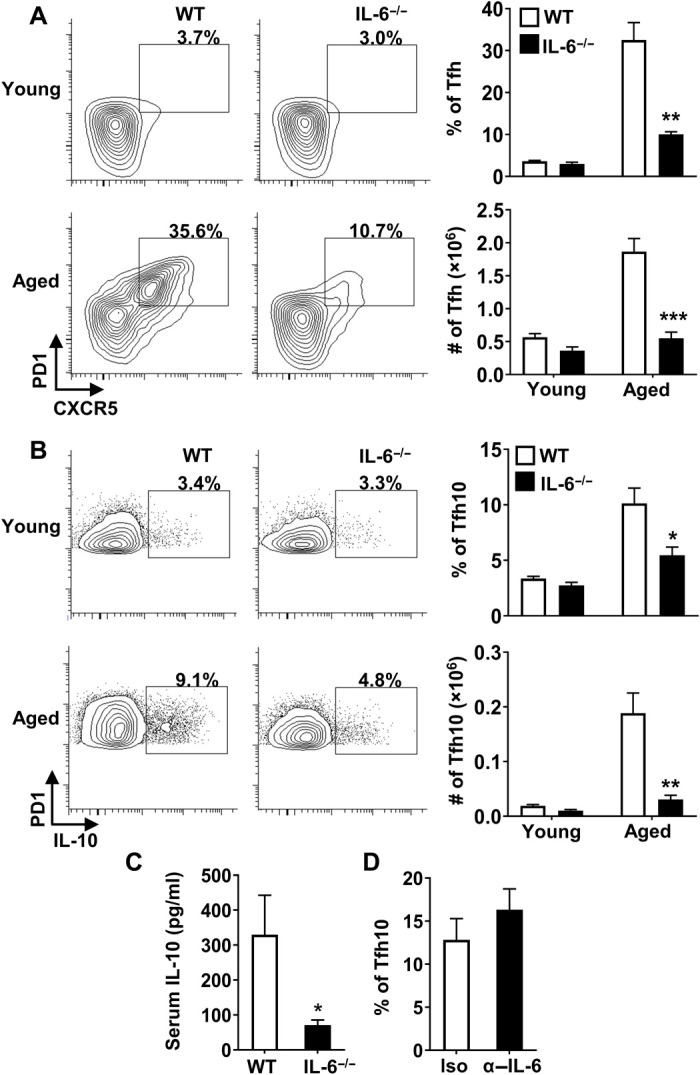Fig. 3. IL-6 is required for Tfh10 cells and for elevated levels of IL-10 in aged mice.

(A and B) Splenocytes from young (2 months, n ≥ 4 per group) and aged (17 months, n ≥ 4 per group) C57BL/6 or IL-6−/− mice were stimulated with P + I, stained with antibody against TCRβ, CD8, CXCR5, PD1, FoxP3, and IL-10 and analyzed by flow cytometry. The representative plots and bar graphs show the frequency and total number of FoxP3− that are (A) CXCR5+PD1+ and (B) those that produce IL-10 (means ± SEM). (C) Aged C57BL/6 (17 months, n = 9) and IL-6−/− (17 months, n = 9) mice were intravenously injected with biotinylated anti–IL-10 antibodies, serum was collected 24 hours later, and IL-10 levels were measured by ELISA. Graph shows the average serum IL-10 (means ± SEM). (D) Aged C57BL/6 mice were treated with isotype control (19 months, n = 6) or α–IL-6 blocking antibody (19 months, n = 8) on day 0 and euthanized on day 2. Splenocytes were stimulated with P + I, stained with antibody against TCRβ, CD8, PD1, FoxP3, and IL-10, and analyzed by flow cytometry. The representative bar graph shows the frequency of FoxP3− that are IL-10+ (means ± SEM). *P ≤ 0.05, **P ≤ 0.01, and ***P ≤ 0.001, Student’s t test.
